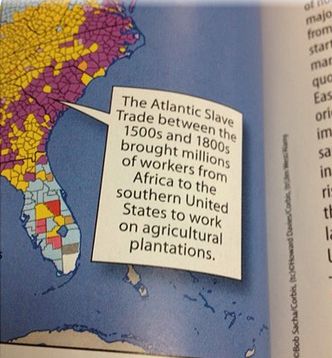Goodreads is a social networking website created for readers with the intention of creating a user-generated database that allows readers to find quality information on books and valuable recommendations. The institution is a growing network that, since it’s launch in 2007, already boasts 50 million users and 1.5 billion books within their database. Goodreads allows users to register a profile which they can use to create an individual library of books they’ve read, want to read, and are currently reading. Users can then further organize their “bookshelves” to reflect their interests, rate and review books and view the input of other users, view recommendations and suggestions based on books they’ve read and rated, and grow a social network of friends to see what others are reading. The website also offers quizzes, trivia, quotes, book lists, giveaways, news and event updates, author interviews and Q&As, social networking groups similar to book clubs, and community creative writing.
But is Goodreads more epistemically valuable than the alternatives? In this case, individuals would generally make use of their public library’s services and the knowledge of librarians to access knowledge similar to what Goodreads offers.
I offer an epistemic analysis of the digital information institution Goodreads over four dimensions of epistemic value: power, reliability, speed, and fecundity.
Power - the ability of an information institution to assist an individual in gaining justified true beliefs, or knowledge
|
|
Goodreads gives users a robust tool to facilitate the acquisition of knowledge.
| |
Reliability - the ability of an information institution to offer the development of actual justified true beliefs more often than it may perpetuate false beliefs
|
|
The ability for Goodreads to provide knowledge of books and recommendations is as accurate, if not more accurate, than a librarian’s capability to do the same.
| |
Speed - the ability of an information institution to aid in the development of knowledge in a timely manner
|
|
Overall, the digital aspect of Goodreads library services provides a much quicker alternative.
| |
Fecundity - the ability of an information institution to reach a large number of people and assist in creating a large number of justified true beliefs
|
|
Goodreads has the ability to reach a far greater number of people than any individual public library and can allow users to acquire knowledge they could not otherwise obtain.
| |
As a digital information institution, Goodreads seems to provide users with a fair and accurate representation of the knowledge available on books and book recommendations. This means that individuals are well served by Goodreads in terms of power, reliability, speed, and fecundity in the realm of acquiring knowledge that is relevant to their needs and interests. Overall, Goodreads is an epistemically beneficial institution.



